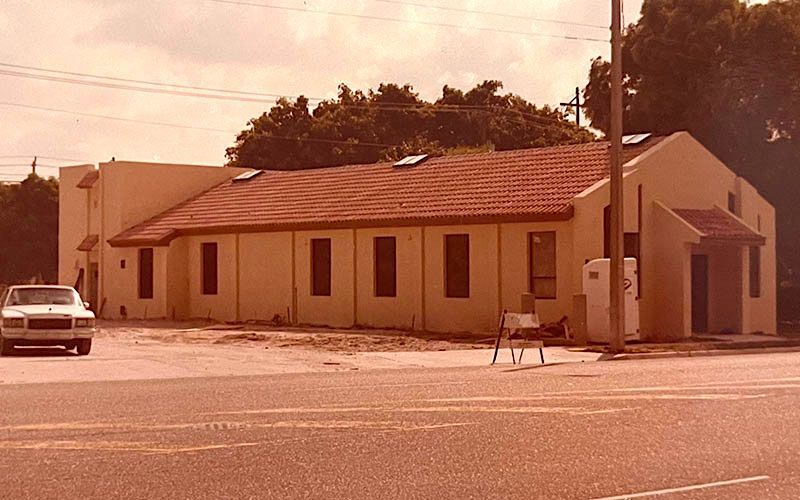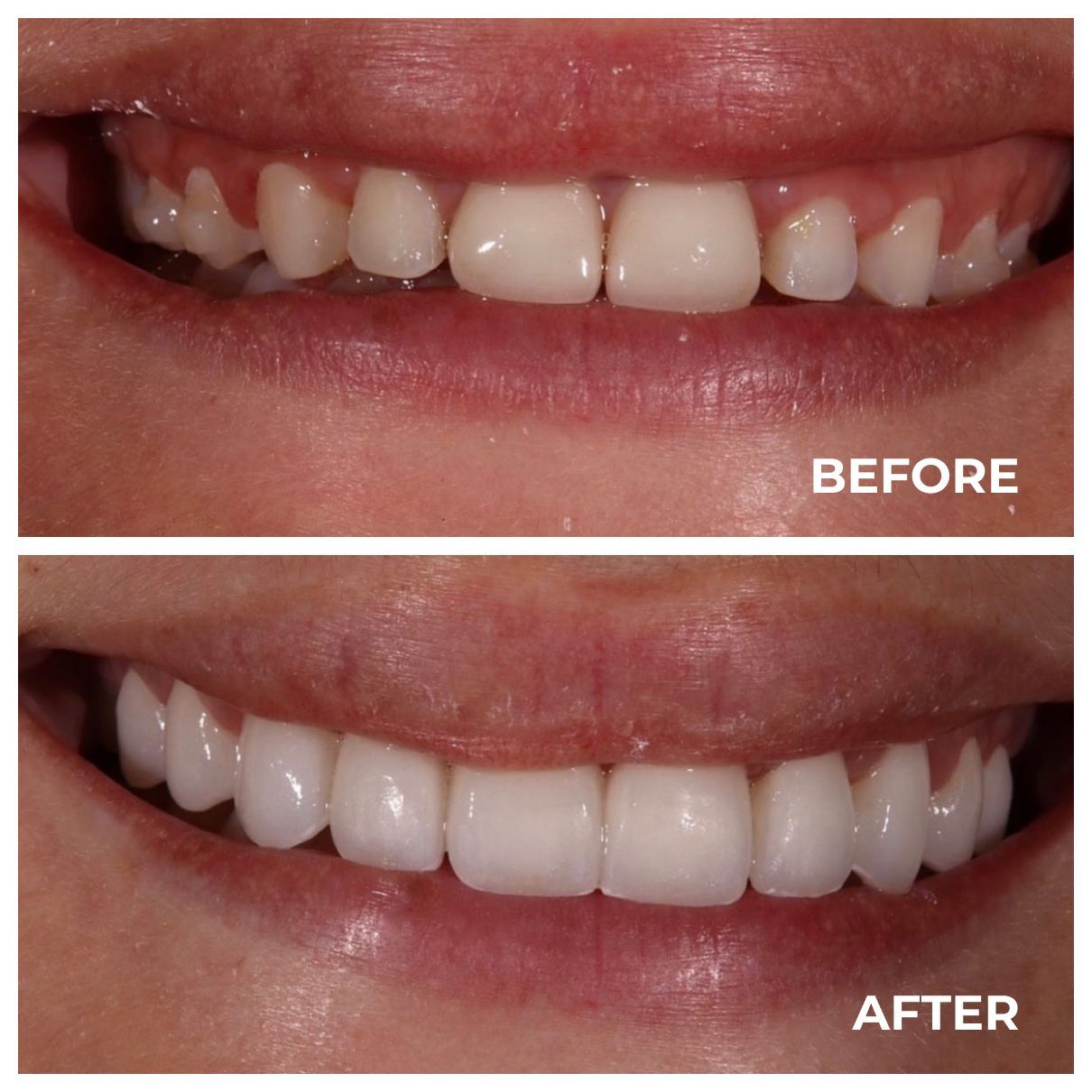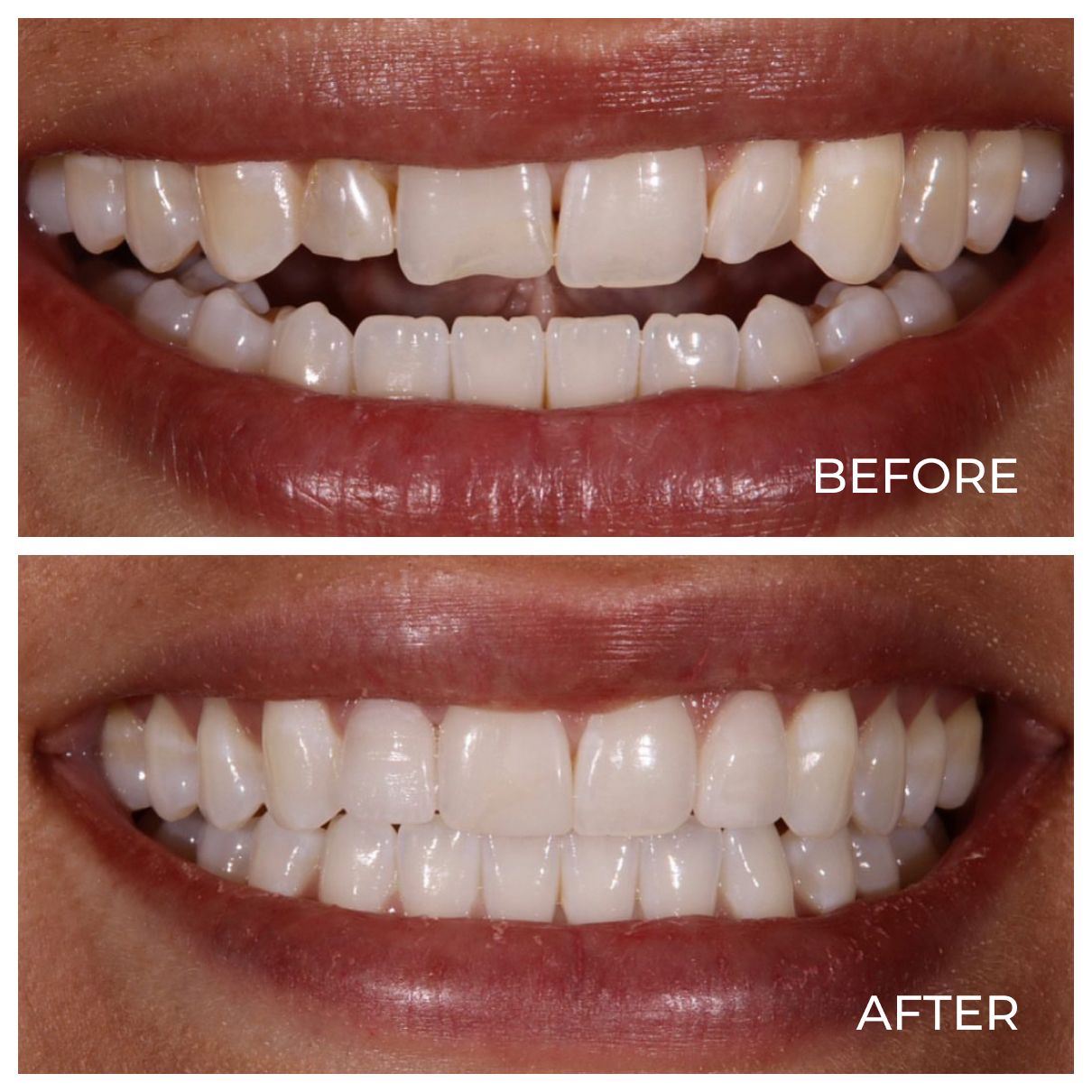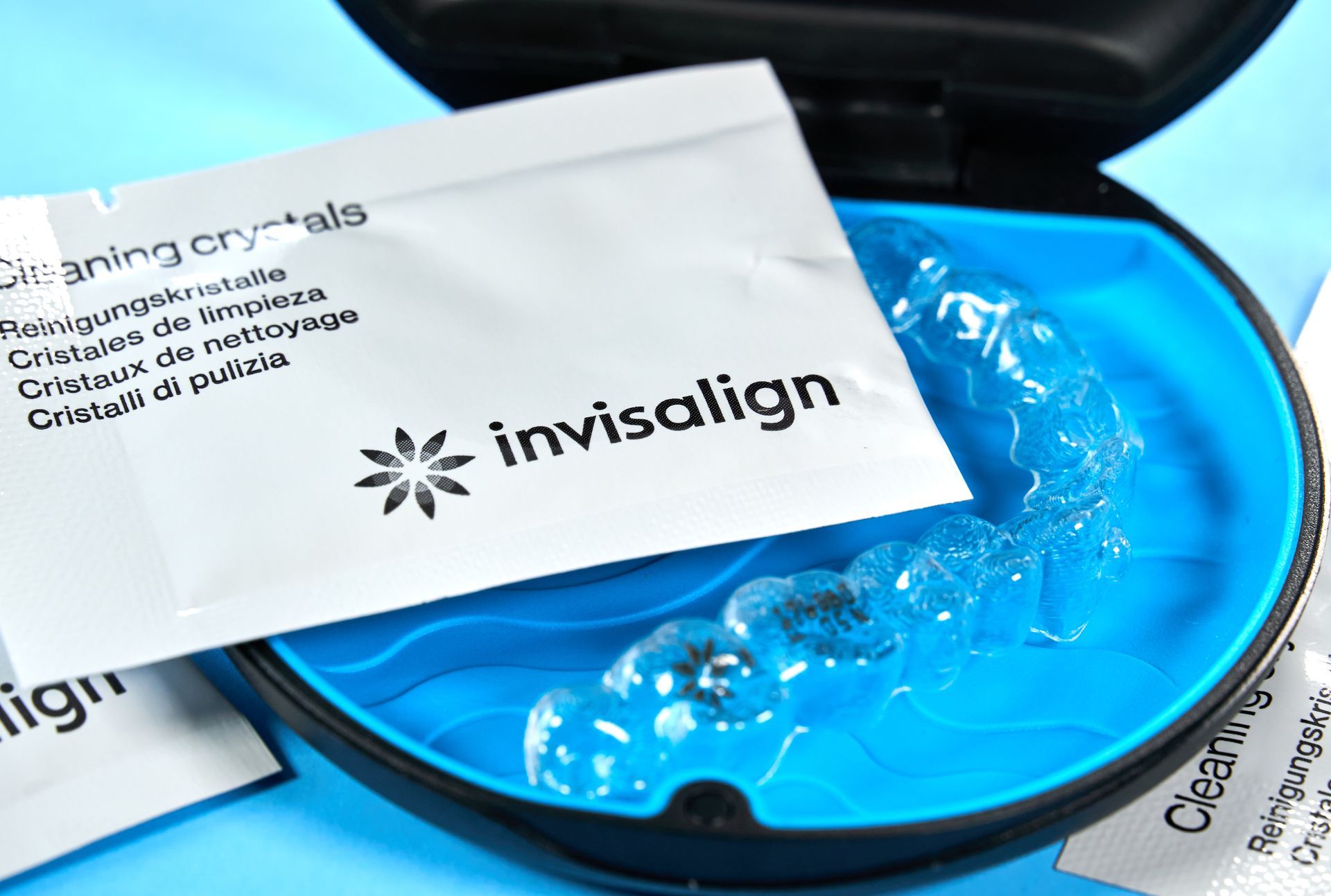


CELEBRATING 40 YEARS OF EXCEPTIONAL SMILES
For over four decades, The Sindledecker Center has been a trusted name in advanced dental care and facial aesthetics. From veneers to facial treatments, our legacy is delivering personalized results with precision and artistry.
A Legacy of Care and Expertise
Dentistry has been a part of Dr. Amanda Sindledecker’s life from the very beginning. Her parents, Drs. Larry and Maxine Sindledecker, opened the practice and instilled in her a passion for patient care. From infancy, she was immersed in the world of dentistry, often accompanying them to the office. Today, she carries on their legacy, combining years of expertise with innovation to provide exceptional care in a practice built on trust, skill, and family values.
Elevated Smiles, Transformed Lives
Each transformation at The Sindledecker Center reflects our dedication to precision, personal care, and aesthetic excellence—revealing smiles that are both naturally beautiful and deeply empowering.
OUR DENTAL SERVICES
Explore our comprehensive dental services designed to meet all your oral health and aesthetic needs. From preventive care to advanced cosmetic and restorative treatments, we’re here to help you achieve your healthiest, most confident smile.
FACIAL AESTHETICS
Enhance your natural beauty with our advanced facial aesthetic treatments. From BOTOX® to hydrafacials, we offer personalized care designed to refresh and revitalize your appearance.



Dr. AMANDA SINDLEDECKER, DMD
Dr. Amanda Sindledecker is proud to carry on her family’s legacy at The Sindledecker Center, specializing in cosmetic and restorative dentistry. She has advanced training in metal-free dentistry, porcelain crowns, and facial esthetics, including BOTOX® and dermal fillers.
STATE-OF-THE-ART TECHNOLOGY
Explore our comprehensive dental services designed to meet all your oral health and aesthetic needs. From preventive care to advanced cosmetic and restorative treatments, we’re here to help you achieve your healthiest, most confident smile.
CT Scan
iTero Scanner
Digital X-Rays

WHAT MAKES THE SINDLEDECKER CENTER DIFFERENT?
Explore our comprehensive dental services designed to meet all your oral health and aesthetic needs. From preventive care to advanced cosmetic and restorative treatments, we’re here to help you achieve your healthiest, most confident smile.

40+ Years of Expertise
Four decades of trusted care and exceptional results.

Cutting-Edge Technology
Advanced tools for precise, efficient treatments.

Attention to Detail
Flawless results through meticulous care.

Patient-Centered Care
Customized treatments to fit your unique needs.

YOUR GUIDE TO BETTER CARE
At The Sindledecker Center, we prioritize your convenience and peace of mind. Explore our comprehensive patient resources to help you prepare for your visit and stay informed about your care. From treatment guides to post care instructions, we’re here to support you every step of the way.
READ OUR BLOG
Stay informed with the latest company news, information, and updates on our blog.












